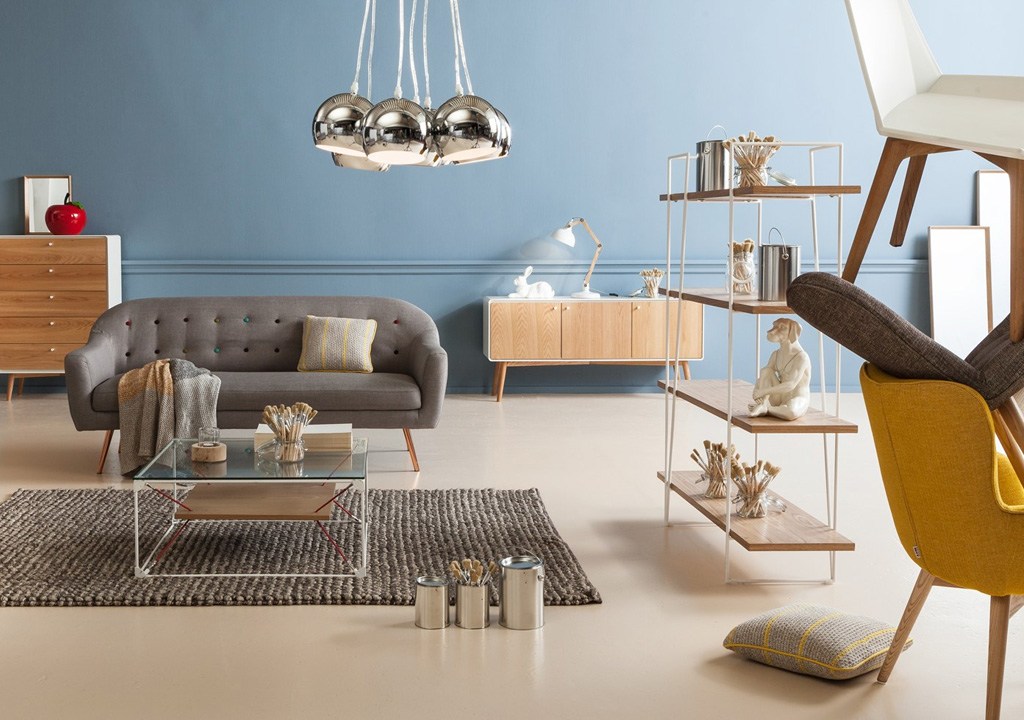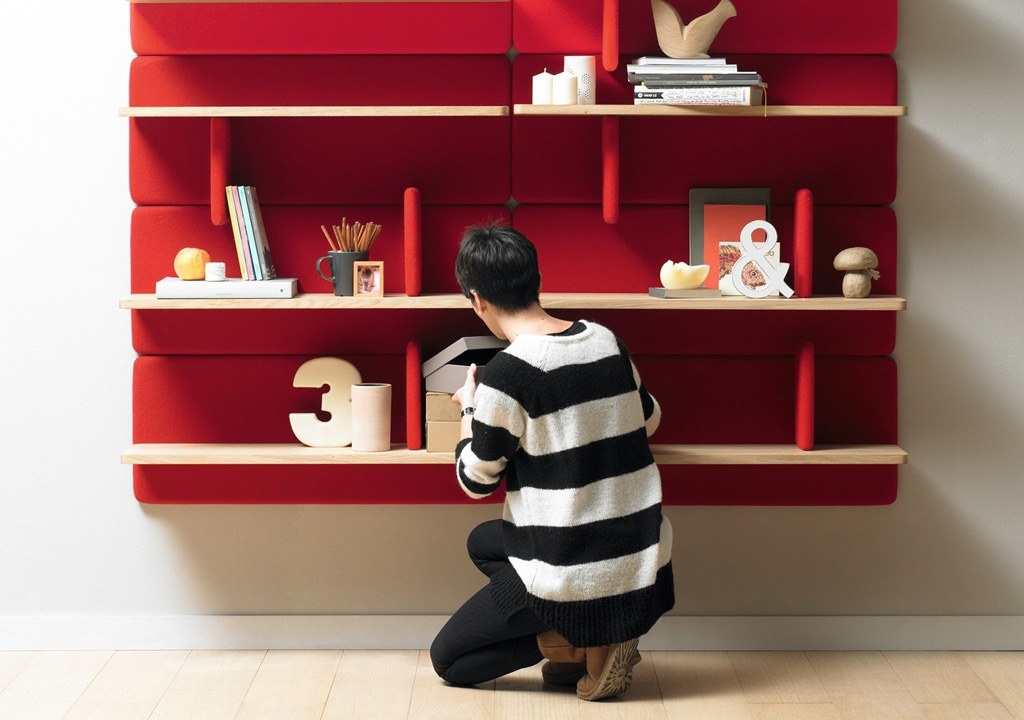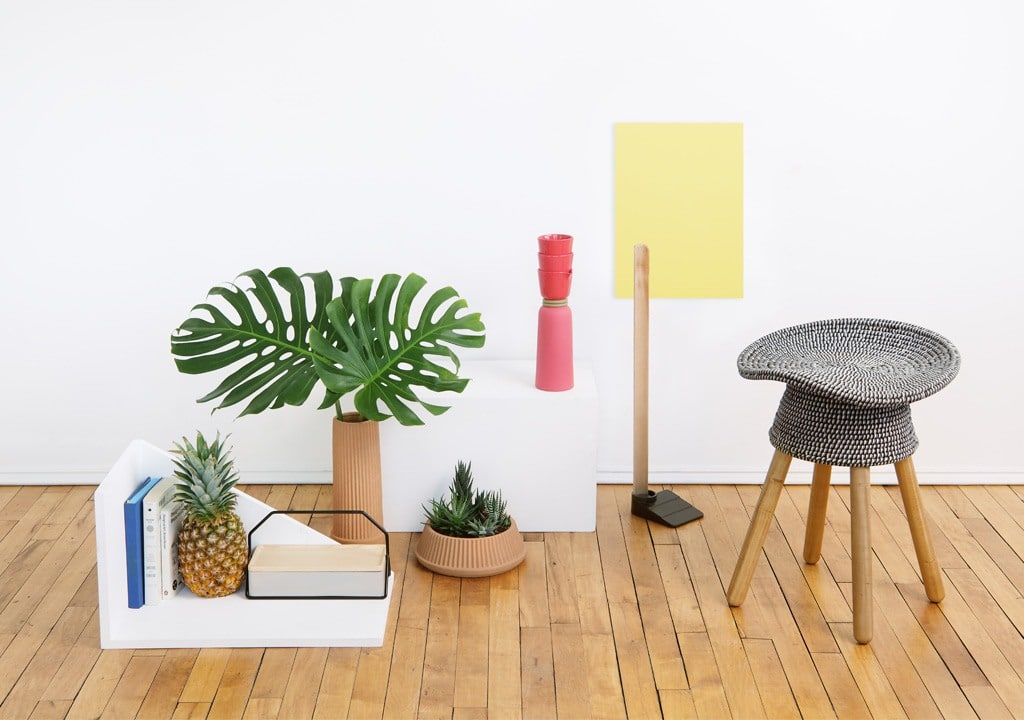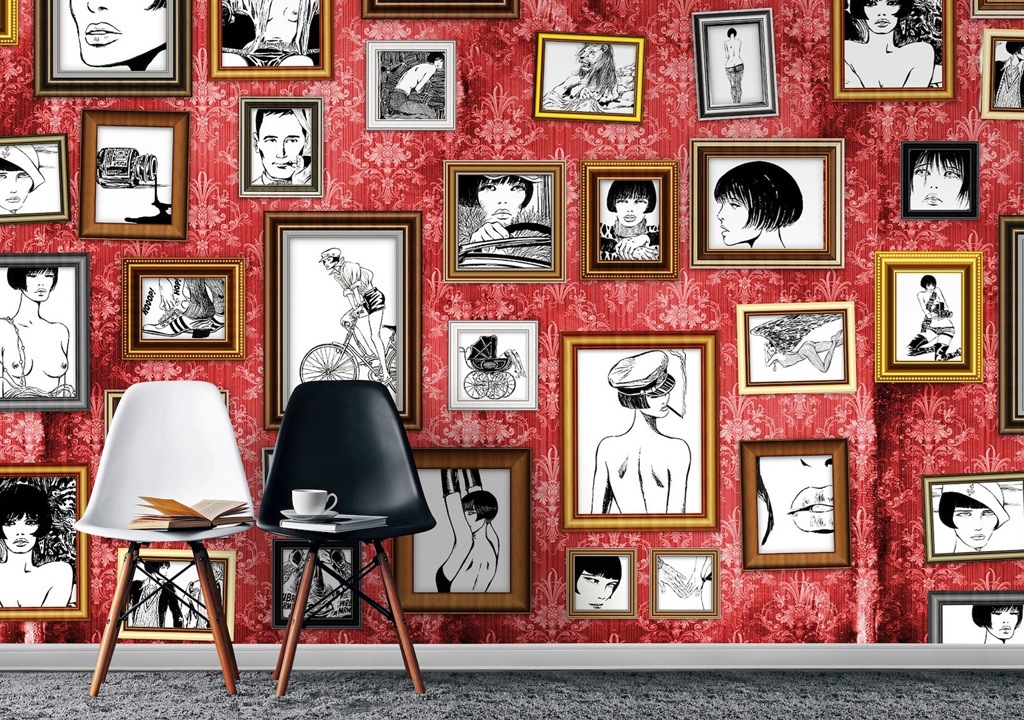Green interior design inspiration
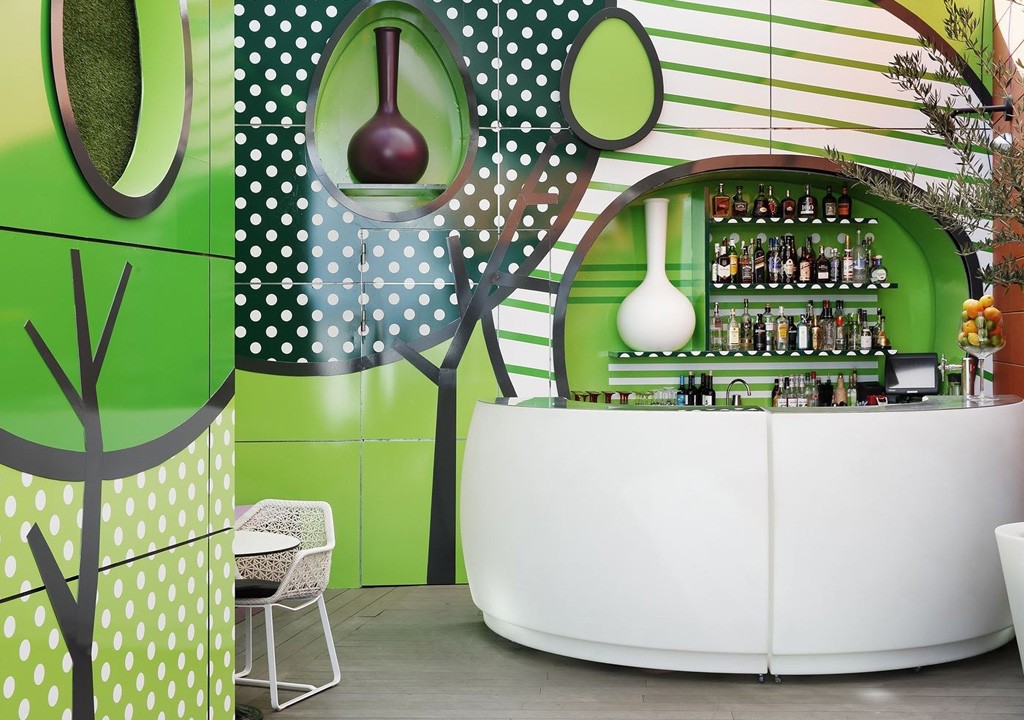
Introduction: When Design Meets Responsibility
In today’s world, design is more than just aesthetics — it’s about making choices that are kind to both your home and the planet. Green interior design is not a fleeting trend; it’s a movement. As climate awareness rises and eco-conscious living becomes a priority, homeowners are seeking ways to create beautiful, functional spaces without compromising the environment.
This blog explores everything you need to know about green interior design — from eco-friendly materials and layout planning to sustainable furniture, decor, and even indoor plants that elevate your space. Whether you’re redesigning an apartment or starting from scratch in a new home, these ideas will guide you toward a greener lifestyle — in style.
🍃 1. What is Green Interior Design?
Green interior design focuses on environmentally responsible and resource-efficient design. It takes into account the full life cycle of materials, reduces waste, minimizes energy consumption, and prioritizes health and well-being.
🔑 Key Goals:
Reduce environmental impact
Promote indoor air quality
Maximize natural light and energy efficiency
Encourage the use of sustainable, recyclable, and locally sourced materials
This approach ensures that beauty and responsibility go hand in hand.
🧱 2. Eco-Friendly Materials: Build Smart from the Start
The foundation of any green interior starts with the materials you choose. Opting for sustainable options can drastically reduce your carbon footprint.
✅ Recommended Materials:
Bamboo: Grows quickly, highly renewable, and incredibly strong — ideal for flooring or furniture.
Reclaimed Wood: Reuses existing lumber, offering character and sustainability.
Recycled Metal & Glass: Great for countertops, decor, and wall features.
Cork: Naturally anti-microbial, biodegradable, and ideal for wall panels or underfoot insulation.
Natural Fabrics: Linen, organic cotton, hemp, and wool are perfect for upholstery, rugs, and curtains.
Always check for FSC (Forest Stewardship Council) or GreenGuard certifications when sourcing wood or fabric.
🌞 3. Design for Natural Light and Ventilation
Maximizing daylight reduces the need for artificial lighting and enhances mood and health. Good airflow also decreases the need for air conditioning and promotes better indoor air quality.
💡 Tips:
Use light-colored walls and mirrors to reflect natural light
Install large windows or skylights if possible
Choose sheer curtains or bamboo blinds for breathable window treatments
Consider cross-ventilation when planning room layouts
Natural light not only saves energy but creates a warm, welcoming vibe.
🪑 4. Sustainable Furniture Choices
Furniture plays a key role in green interior design. Mass-produced, short-lifecycle pieces often use cheap, toxic materials that aren’t recyclable. Investing in sustainable furniture helps both the planet and your long-term budget.
🌱 How to Choose Sustainable Furniture:
Look for locally crafted or upcycled items
Prefer solid wood over particle board
Choose low-VOC finishes and adhesives
Consider multi-functional designs (like sofa beds or nesting tables)
You can also repurpose vintage or antique furniture. Not only does it reduce waste, but it adds timeless character to your home.
🌿 5. The Role of Indoor Plants in Green Design
One of the easiest and most beautiful ways to “green” your interior is to literally add greenery. Indoor plants purify the air, improve mental health, and soften modern designs.
🪴 Best Low-Maintenance Plants:
Snake Plant: Absorbs toxins, thrives on neglect
Peace Lily: Cleans air and adds elegance
Pothos & Philodendron: Great for hanging or shelves
ZZ Plant: Tolerates low light and infrequent watering
Spider Plant: Hardy and perfect for first-time plant owners
Create a living wall, vertical herb garden, or simply use pots on window sills and coffee tables. Choose eco-friendly planters made of clay, jute, or bamboo.
🎨 6. Sustainable Color Palettes and Finishes
Paints, sealants, and finishes often contain harmful VOCs (Volatile Organic Compounds) that release toxins into the air. Choosing safe alternatives makes your space healthier.
✅ Eco-Friendly Finishes:
Use low-VOC or zero-VOC paints
Consider limewash or clay-based paints for natural texture
Go for non-toxic stains and sealants for furniture and flooring
As for color schemes, green design often draws inspiration from nature — earthy browns, soft greens, sky blues, and sandy neutrals all bring peace and grounding to your interiors.
🧼 7. Minimalism and Mindful Consumption
Green design goes hand in hand with minimalism — less clutter, more intention.
🌿 Adopt These Practices:
Focus on quality over quantity
Practice “one in, one out” when buying decor or furniture
Use modular furniture to adapt to different layouts
Avoid fast furniture and impulse buys
A minimalist approach not only helps the environment but also reduces mental clutter, creating more serene living spaces.
💡 8. Energy-Efficient Lighting & Appliances
Lighting and appliances are some of the biggest energy consumers in a home.
⚡ Smart Choices:
Install LED lights with dimmers and timers
Use smart plugs to reduce phantom energy usage
Opt for Energy Star-rated appliances
Use solar-powered lights for gardens, balconies, and patios
Don’t forget to use natural candles, rechargeable batteries, and motion-sensor lights where possible.
🧵 9. Eco-Friendly Decor & Accessories
From rugs and cushions to wall art and storage — every element can support green living.
♻️ Decor Ideas:
Use handwoven jute or wool rugs
Add baskets made from seagrass or rattan
Buy ceramic or handmade decor from local artisans
Display recycled glass vases or upcycled wooden art pieces
Avoid plastic-heavy or synthetic decorations. They may look trendy, but they add to landfill and lack longevity.
🛋️ 10. Room-by-Room Green Design Tips
🛏️ Bedroom:
Organic cotton bedding
Natural latex or bamboo mattress
Solid wood bed frame with non-toxic finishes
🛁 Bathroom:
Low-flow faucets & showerheads
Reclaimed wood vanities
Cotton or hemp shower curtains
🍽️ Kitchen:
Compost bin and recycling setup
Bamboo chopping boards & natural fiber dishcloths
Ceramic containers over plastic
🛋️ Living Room:
Eco-friendly upholstery
Natural fiber curtains
Indoor plants and diffusers instead of air fresheners
🔁 11. Recycling & Waste Management in Interiors
Sustainable living isn’t just about what you bring in — it's about what you throw out too.
♻️ Set Up Smart Waste Zones:
Paper recycling station near work desk
Composting bin in the kitchen
Donate furniture, don’t dump it
Reuse containers, jars, and packaging creatively
Even your renovation debris (like tiles or bricks) can often be recycled if separated properly.
🌐 12. Green Certifications & Tools You Can Trust
Certifications can help you shop smarter and stay accountable.
✅ Look for:
LEED (Leadership in Energy and Environmental Design)
GreenGuard Certification (for furniture and materials)
Cradle to Cradle Certification (for product life cycles)
Energy Star Ratings (for appliances)
There are also useful apps and tools like Houzz, Pinterest Green Homes, or EcoHome, which offer tons of ideas and suppliers focused on green living.
🌎 13. Why Green Design is the Future
The benefits of green interior design go far beyond aesthetics:
✅ Benefits:
Lower energy bills
Better indoor air quality
Less exposure to toxins
A reduced carbon footprint
A sense of pride and wellness in your space
As homeowners and renters alike become more conscious of their lifestyle impact, the future of interior design will be rooted in sustainability — not just trendiness.
📝 Conclusion: Make It Beautiful. Make It Sustainable.
Creating a green interior isn’t about going all-in overnight — it’s about making thoughtful, lasting changes that support both you and the planet. From natural materials and minimalist layouts to energy-efficient upgrades and plant-based aesthetics, the possibilities are endless.
Start small, think long-term, and let your home reflect your values. Because a beautiful home shouldn’t cost the Earth.
✅ Call to Action:
Want to begin your green interior transformation?
👉 Explore our curated collection of eco-friendly furniture & accessories.
Or talk to our interior experts for a personalized green design consultation.


